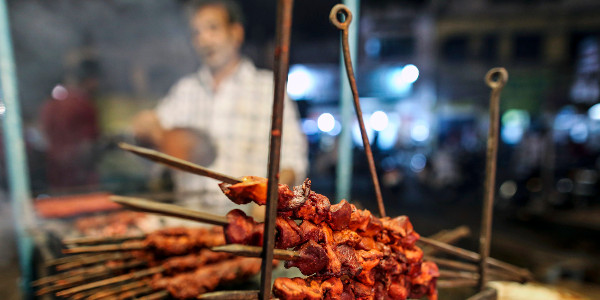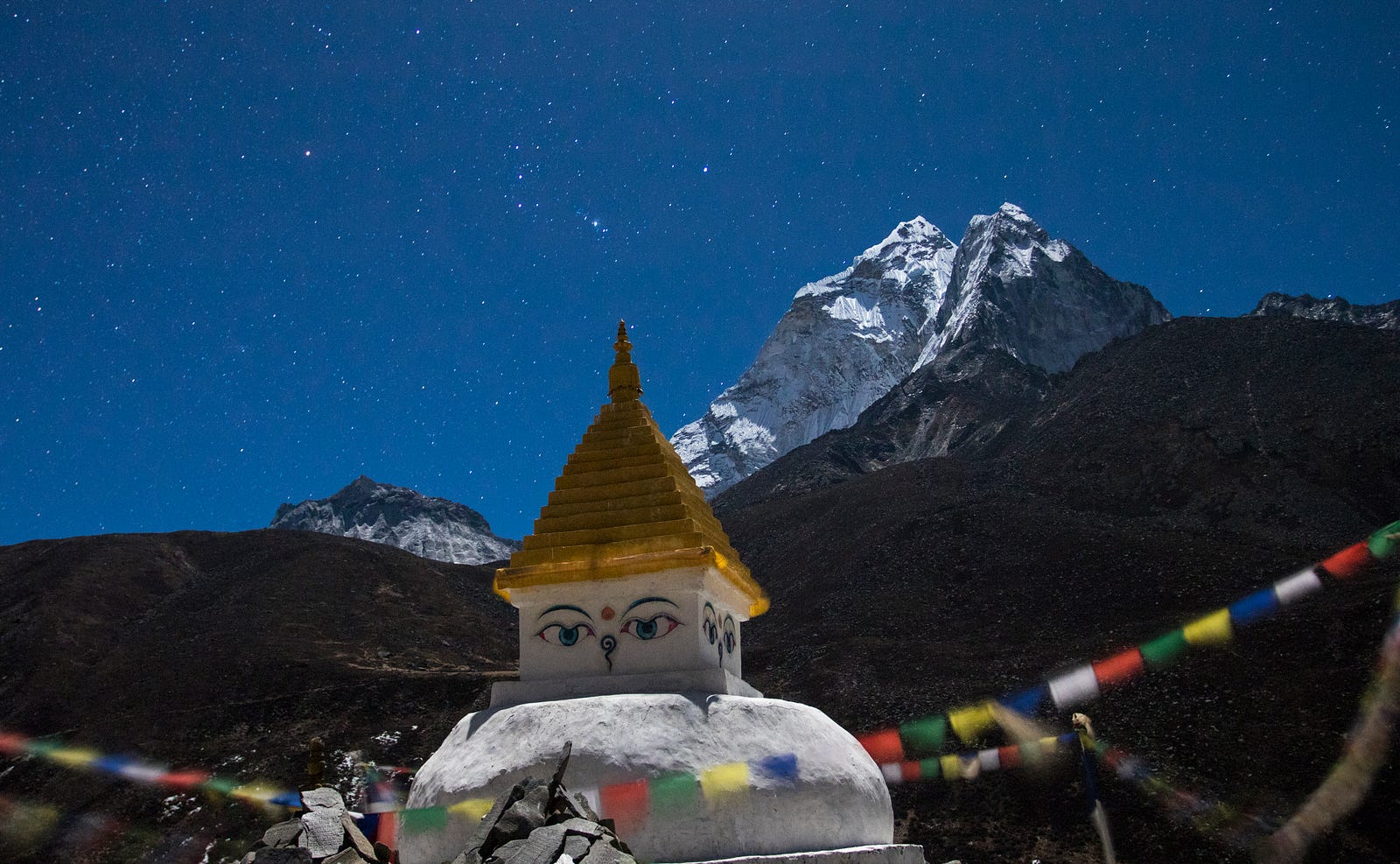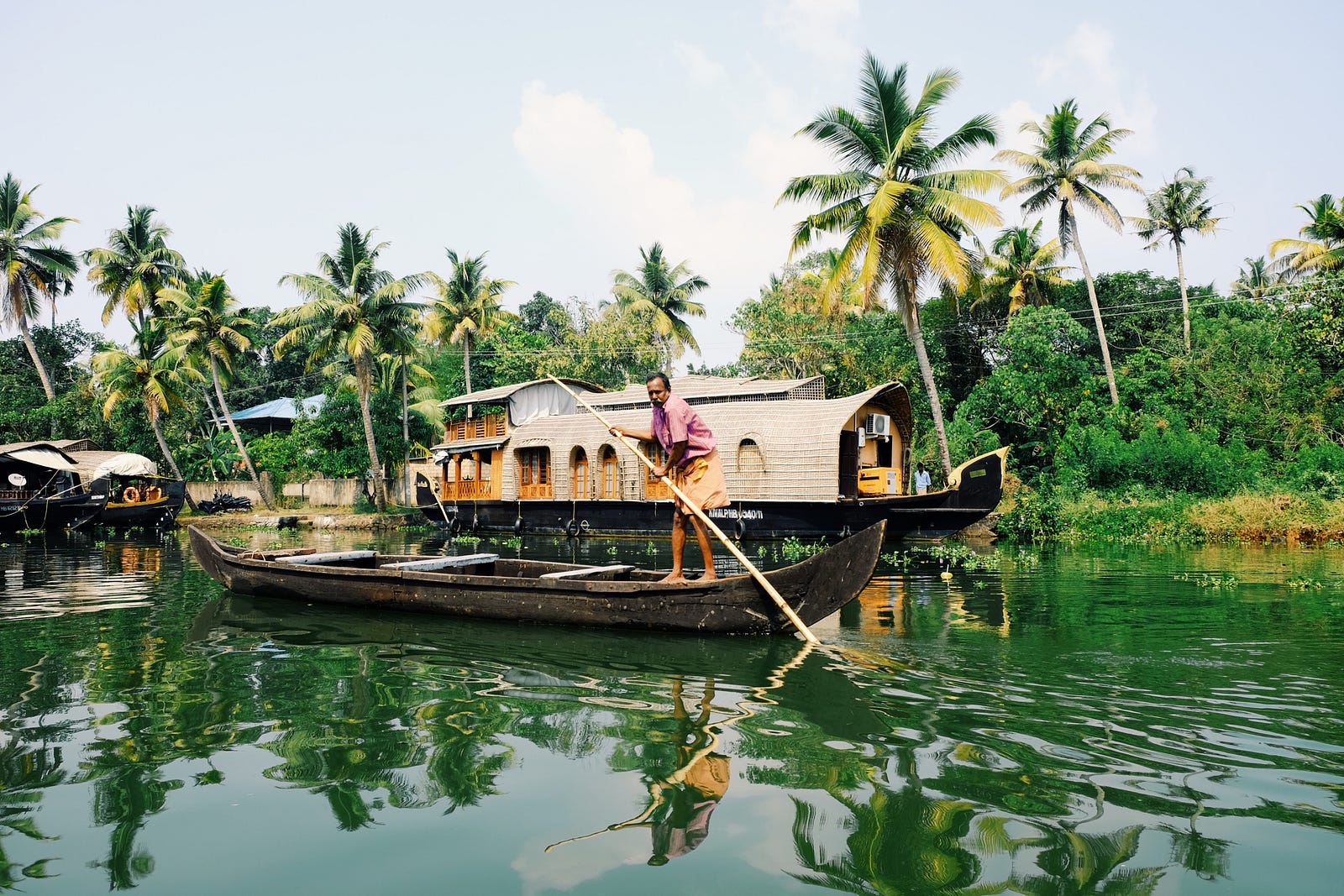With our third restaurant ‘WaazWaan’ well under way, I thought I’d take the opportunity to answer the most common questions about WaazWaan this year.
What’s the difference between your restaurants? Which is better? What is Kashmiri food?
My commitment since the beginning of my restaurant journey has always been to bring more respect to ancient Indian cuisines — In my perspective, there is no better way to do this than focus on regional specialities and bring the balance of authenticity with local ingredients and taste.

The history
The common denominator between Mughlai (Grace of India) and Kashmiri cuisine (WaazWaan) is the Mughal (Mongol) reign over North India between the 1500’s all the way to the late 1800’s. During this transitory period we find the Mughals who were great assimilators of regional cultures blend their cooking ideas with local traditions.
Think Rogan Josh — A lamb curry slow cooked in a tomato and onion gravy, a dish you may have had many times and has become a staple North Indian restaurant curry.
This dish originally belonged to the Kashmiri Pandits who cooked it based on their traditions and religious beliefs — The original Rogan Josh had no tomato and certainly no onion! The dish was modified or ‘enhanced’ from the Mughlai point of view when these flavours were added based off Mughal heritage. This change turned the ‘Pandit Rogan Josh’ into the more popular version served across the world in North Indian restaurants called the ‘Shahi Rogan Josh’ .

Preparing the ‘WaazWaan’

WaazWaan is named after a food tradition of the Kashmiri people which we find references to dating all the way back to the 14th century.
For events — the Kashmiri nobles hire a ‘Vasta Waaza’ (Head Chef) who is tasked to prepare anywhere from 25–35 dishes for arriving guests. Of course, this is no easy task so the Vasta Waaza brings his team (Could be up to 10 Waza’s).
The Kashmiri people are so well versed with the WaazWaan that the chefs and hosts are under pressure to live up-to to extremely high standards, so the logistics, resources and manpower required to prepare fresh and high quality food often mean it is common for the chefs to start cooking at Midnight all the way through to the next evening when the dishes will finally be served.
I can definitely say I’ve felt the prying eye of Kashmiri’s coming to my restaurant to determine wether the dishes will live up to their expectation too!

My favourite aspect of preparing the WaazWaan is the music! With the chefs required to beat meat into a fine mince by mallet for many of the dishes (an intensive hours long practice), the Wazas sing kashmiri folk songs and beat the meat in timing — this helps get through the tedious work and creates a strong bond between the cooking team.
Time to eat
When dishes are finally prepared, the chefs also take personal responsibility of serving the dishes prepared by themselves. There are certain dishes which must be included in the WaazWaan such as Yakhni, Goshtaba, Tabakh Maaz and others which also follow a certain order in terms of what should be served first and last.

As well as rules for the sequence of the dishes, there are also rules about how the WaazWaan must consumed by diners. A fine Kashmiri carpet is laid to fit 4 people — a large plate placed in the centre with a mound of rice and the Waza’s place one dish at a time in each individuals corner — the next dish is not served until the previous is completed and this goes on until all dishes are completed.
WaazWaan’s new look
Kashmiri food is probably one of the most under-represented foods in the North Indian repertoire with very few Kashmiri dishes recognised by people outside of Kashmir.

There have been several attempts in India to bring the cuisine to light — however it has to be rebranded to fit a newer style of dining. With WaazWaan dishes often only served in a Kashmiri household for family or once off during a function, few restaurants in India serve the dish in Thali’s where diners get their own assortment of Kashmiri dishes.
Despite the effort of a few restaurants in India — restaurants around the world with authentic Kashmiri dishes are very rare.
I hope my restaurants give Sydney folk an opportunity to divulge into lesser known cusines and bring to light the great diversity of South Asia.















